Long Term Storage Guide: How to Keep Everything Safe
THIS POST MAY CONTAIN AFFILIATE LINKS. PLEASE SEE OUR FULL DISCLOSURE POLICY FOR DETAILS.
Keep your books, memories, and collectibles in better condition when you store them correctly. Learn everything you need to know about long term storage.
It isn’t enough to just put your valuable things in a box. Weather and time have a way of damaging things that you treasure. When you place your memories in long term storage, follow the tips in this guide to protect them.
If you’re looking for how to organize keepsakes (and nothing else) then we have a guide for that, too!
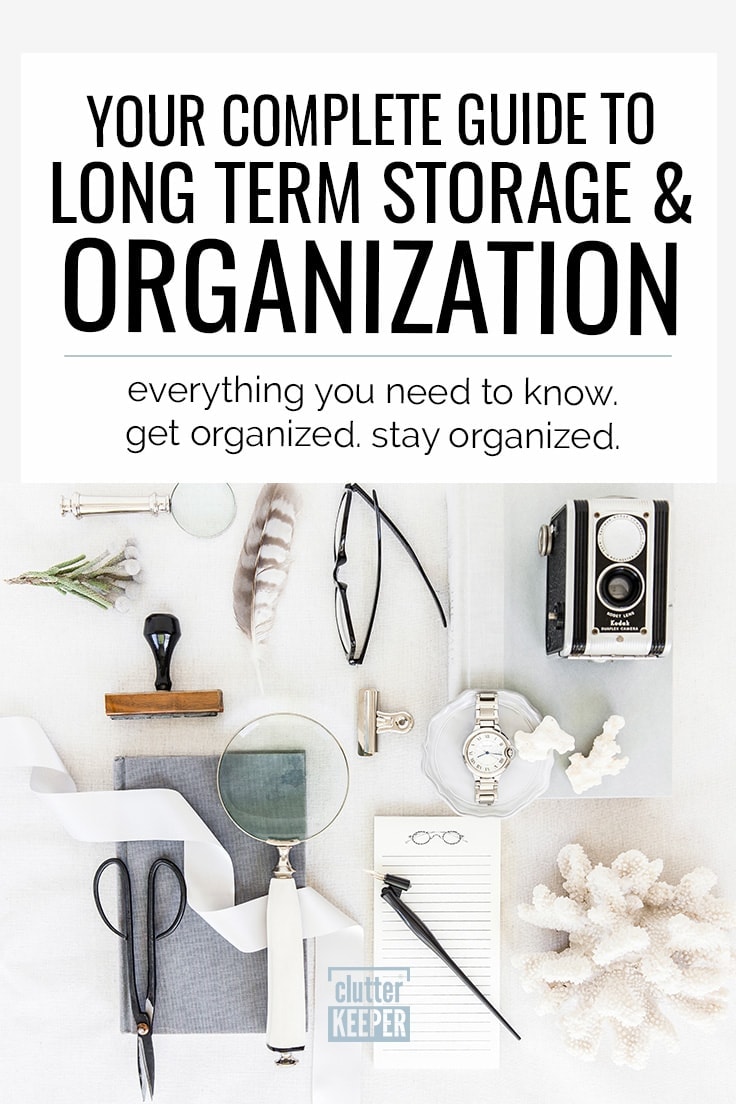
Wondering where to begin? Get our FREE guide, The 30-Minute Organizing Secret, and discover easy ways to overcome the chaos of clutter – even with kids at home!
Long Term Storage Guide
One of the most important parts of organizing your home is placing things where they belong. Long term storage is a much-needed solution.
There are lots of reasons to consider storing your things long-term.
Maybe your collections are taking over your home and you need to find a safe place to keep them that isn’t in the way.
Or maybe you are downsizing and don’t have the space you used to have to keep all your things.
Whatever the reason, if you have things that you don’t want to give up but you also don’t have space to display them, long-term storage is something you should look into.
Table of Contents
This guide will show you how to store your valuable possessions. In it you will learn:
- How to store books safely long term
- How to store memories and photographs
- How to store clothes so they last
- How to protect collectibles
- Long term storage tips
How to Store Books Safely Long Term
First, let’s look at how to store books safely. Books are one of the most common things people collect. It’s easy to amass so many books that they don’t all fit on your bookshelf.
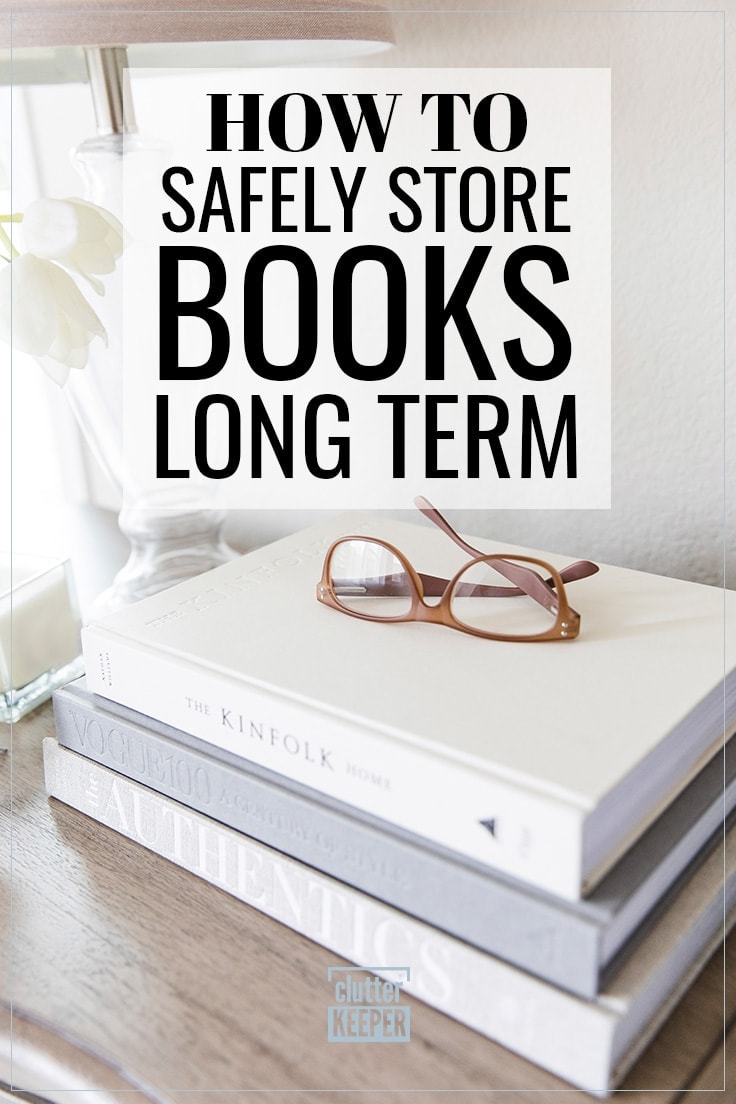
When you store books, do so in a way that won’t damage them. Keep them away from the elements and protect them from bugs and other critters.
If you do all that, you will be able to open up your boxes years later and find your books in fantastic condition.
Here are some quick tips and book storage ideas that will help you protect them.
- Keep boxes off the concrete. Protect your books from weather erosion and from pests. If you keep boxes directly on the concrete you will be increasing the likelihood that it gets dusty or that water could leak into the box.
- Label all sides. This way you can read it no matter which side it’s facing.
- Only use plastic totes. Cardboard has the potential to erode and tear. Plastic totes will protect your books much more effectively.
- Seal totes off from rodents. Make sure it is airtight. This also protects against silverfish.
- Stack them flat. Do not store them on their spines. This will cause them to get torn up.
- Stack books largest to smallest. If you put a lot of weight on a small book, it could bend over time.
- Remove paper and bookmarks. Don’t leave cheap paper or bookmarks in the books as these could deteriorate and harm the books.
How to Store Memories and Photographs
The next most common thing people store are memories and photographs. These are priceless, with images of the people we love. So you definitely want to protect them from fading over time or from weather or other damages.
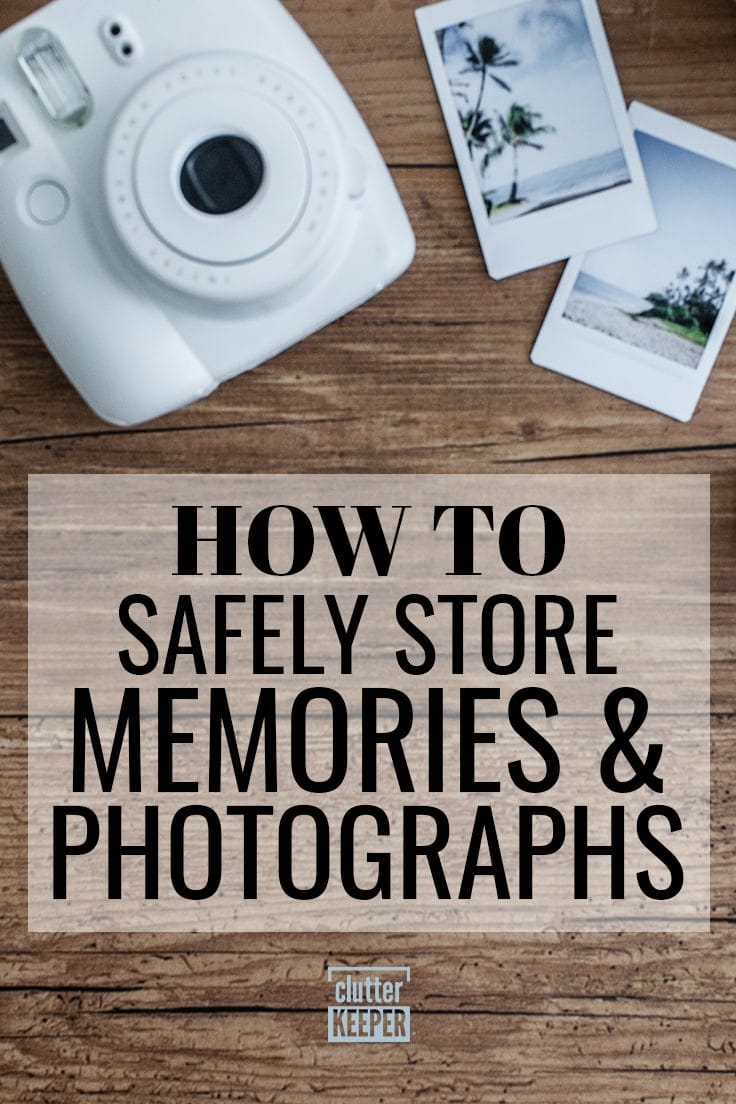
When you store your photographs, protect them from tears and being bent or crumpled.
Another thing to keep in mind is protecting them from fading. Hide them from direct light and keep them away from acid-eating papers.
Here are some photograph storage tips that will protect your precious memories.
- Store them in a climate-controlled location. Avoid unfinished basements and attics since these fluctuate in temperature and humidity too much.
- Store them off the ground. This will prevent moisture from leaking up.
- Use a sealed container. Make sure the container is water-resistant.
- Organize photographs. Sort them and keep them separated so you can find them easier.
- Choose acid-free papers. If you store them in envelopes to sort your pictures, use acid-free options. That will prevent the acid from damaging your photos.
- Store photos flat. If you try to stand them up they could bend and rip.
- Choose the perfect-sized box. If it is too big, it will cause the photos to move around too much and tear. If it is too small the photos will be crammed together and rip each other.
- Convert to digital. Create a digital backup of all your photos just in case something happens.
How to Store Clothes Long Term So They Last
Storing clothes long term can be problematic. They can attract moths and bugs. And if they are stored too long, they can get terrible creases and become discolored.
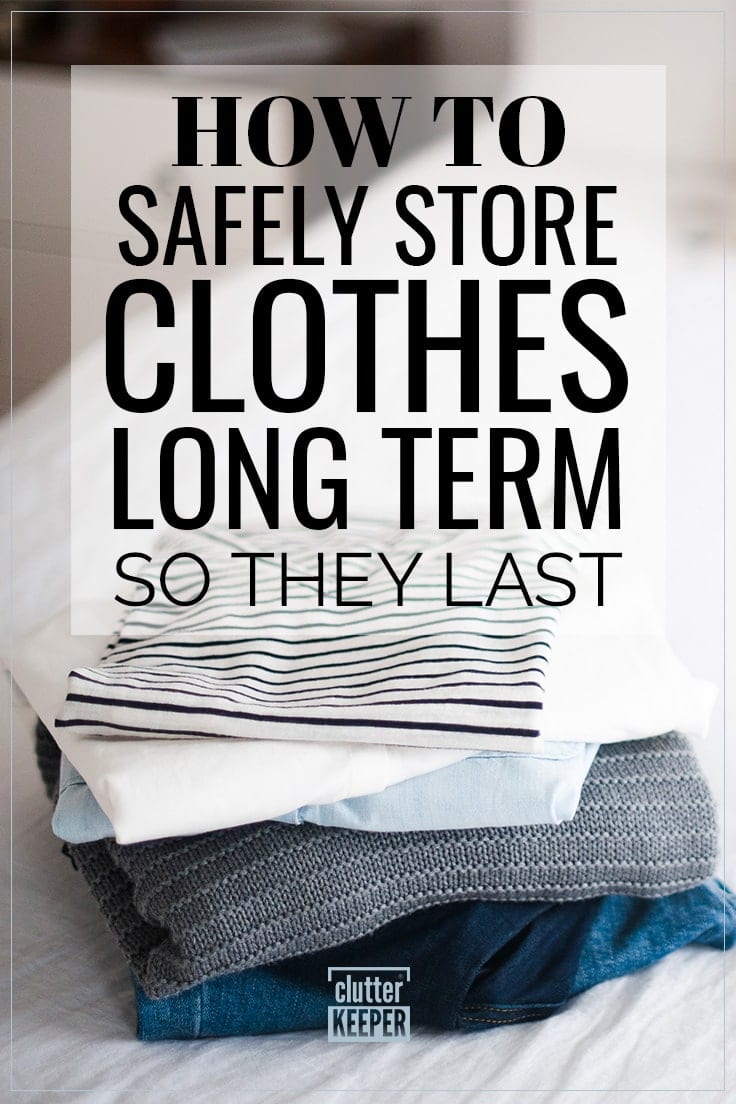
But if you have clothes from your family members that you don’t want to part with, here are some things you can do to keep them as protected as possible.
- Wash your clothes first. If you wash them first, you will be removing dirt and odors that could damage the clothes while they are in storage.
- Vacuum seal them. Lots of people swear by using a vacuum sealer for their clothes. But just know that if you keep clothes sealed like this for years they could become bent or creased in a way that will take a long time to remedy.
- Use natural cedar balls as protection. Store cedar balls with your clothes. Cedar smells pleasant and naturally keeps bugs away.
- Store them in plastic totes. Plastic totes will be more likely to not degrade. It is easier to move when you need to, and it will keep rodents out.
- Check on them. Always check on your items and make sure they are still holding up and not damaged. You can prevent further damage if you fix them early.

How to Protect Collectibles in Long Term Storage
Finally, collectibles are another popular thing people store long-term. If you have something rare or valuable, you’ll want to take extra care with it.
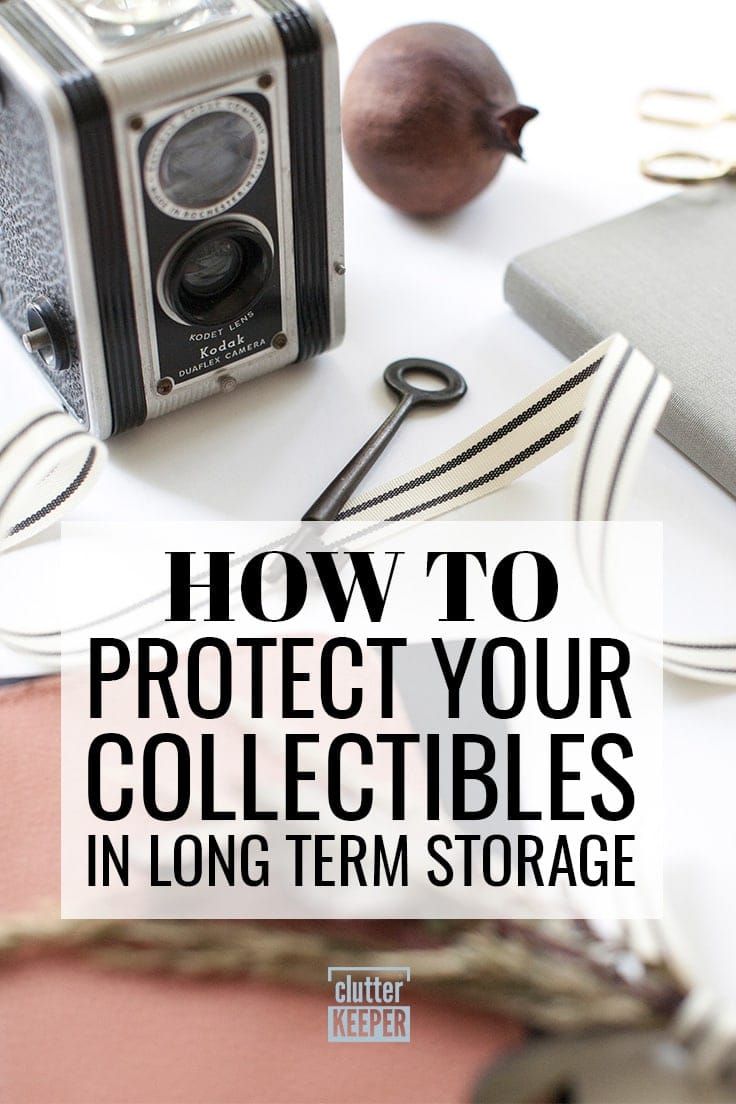
Go online and research how to store your particular product. Some materials take a different care routine than others.
These are general tips that can apply to all collections you have that you want to protect and keep safe.
- Use a small tote. Don’t make the tote too heavy or too big. If it is too heavy, you will risk dropping it and damaging it.
- Store at consistent humidity. Moisture can cause a lot of damage, so avoid it at all costs. Keep your things in the main level of your house where you can protect it.
- Avoid direct sunlight. Whether you are protecting comic books or figurines, direct sunlight can damage their vivid colors. Keep them in the dark if you want to protect the paint.
- Stack carefully. Prevent cracks and chips by keeping the heavier and sturdier items on the bottom if you have to stack things in a box.
5 Long Term Storage Tips
Now that you know how to store things, here are some tips that will apply to every possible thing you could think to store. Because you will probably be storing something else like your records, movies, electronics, or workout equipment.
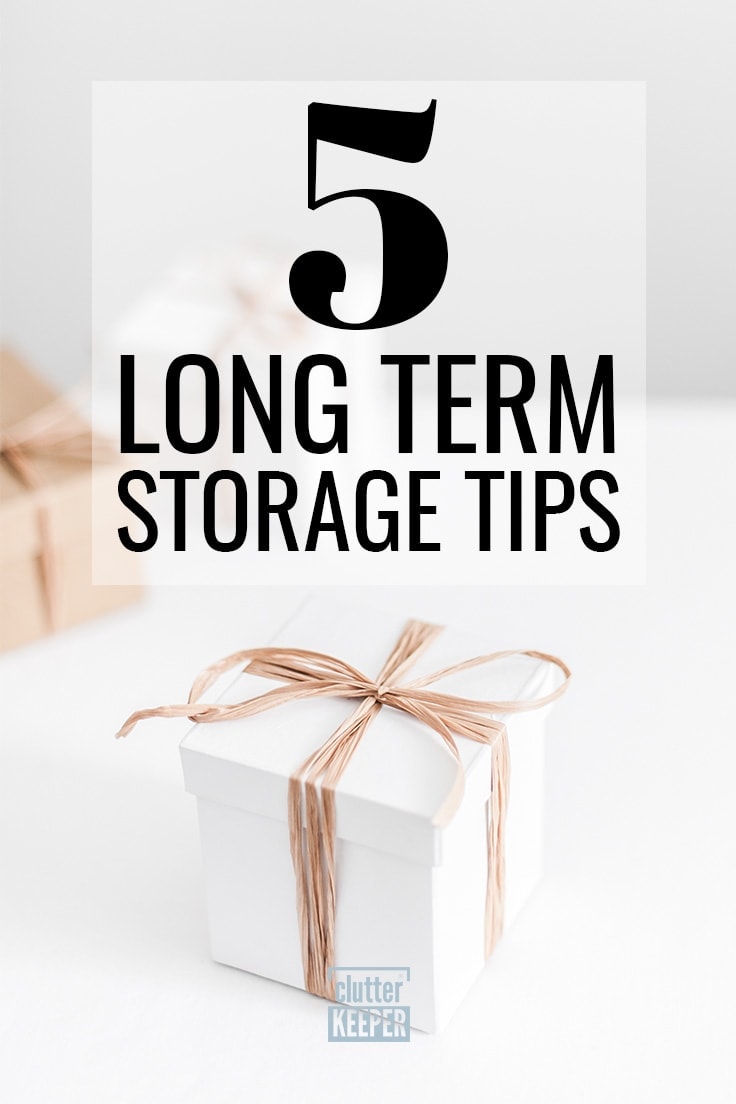
1. Store In Temperature or Climate Controlled Environments
If you are looking for a storage unit, paying extra for something climate-controlled is worth it. Humidity, freezing, thawing, are all extremes that will damage your things.
There are two types of storage: temperature-controlled and climate-controlled. Most units are temperature controlled. This means they have a thermostat and you can set it.
Climate controlled units are the next level. In these units, you can set the humidity level too. This is really important if you are storing a rare painting or something else that could be damaged like a rare book.
2. Use Waterproof Containers
No matter where you are storing your things, they will be exposed to moisture. Store your things in plastic totes or bins. When you keep your things in waterproof containers, they will outlast cardboard boxes by a long shot.
3. Label Things Clearly
Labeling your boxes is incredibly important. Don’t just label one side, either. Label them on all four sides and on the top, so you can see them no matter how they are placed on the shelf.
Remember to label them with “breakable” or “this side up” if it applies.
Use a marker that won’t wash off, or use a label maker that will last a long time.
4. Avoid Making Boxes Too Heavy
Prevent people – or yourself – from dropping boxes by keeping them relatively light. It is always better to use lots of smaller bins instead of stuffing tons of things into large ones.
This will also make your things easier to find. Imagine having to sort through deep, large, boxes. It’s tough to find things that are packed way in the bottom.
5. Wrap Breakables Carefully
Finally, take extra care when you are wrapping up your breakables. Do your research and invest in high-quality bubble wrap and other protective measures. It will be worth it when you open your boxes later and see them completely intact.
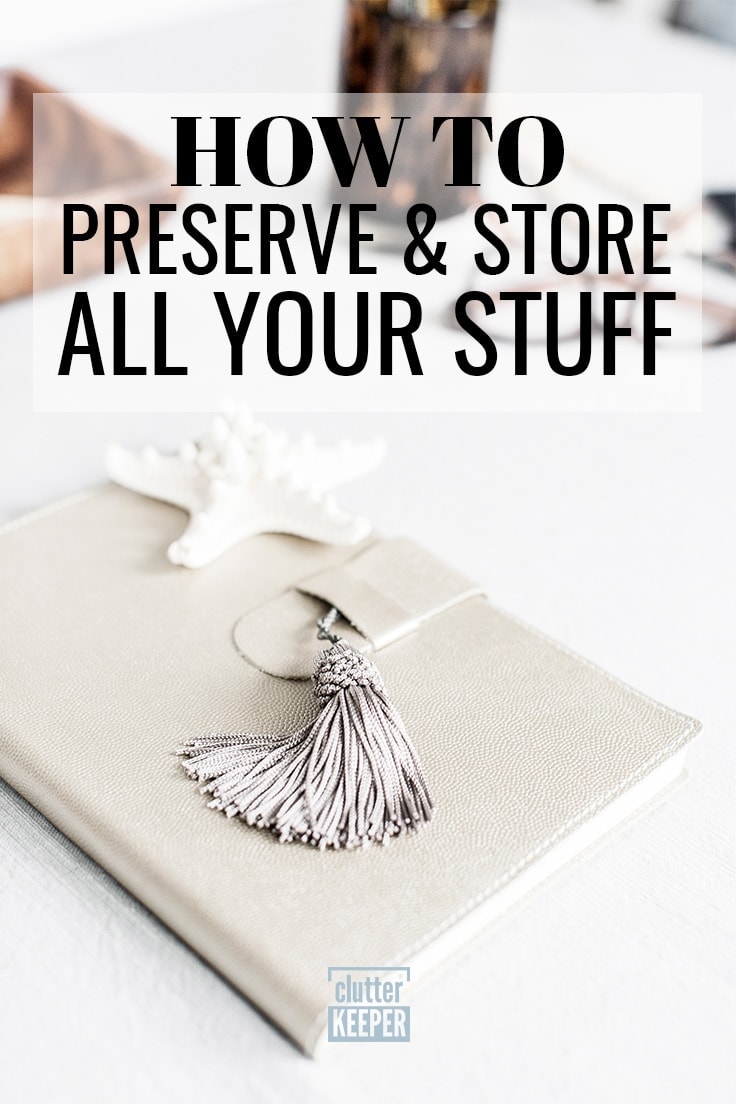
Storing Things Preserves Them
Always consider the types of things you are going to store. What is the purpose? Is it an investment in the future?
If you are preserving memories or something valuable, take extra care and keep them safe. This attention to detail will pay off someday when you open your boxes and find everything safe and sound.
Struggling to get motivated? Sign up to get our FREE guide, The 30-Minute Organizing Secret, and discover easy ways to overcome the chaos of clutter – even with kids at home!
More Storage Solutions
As you keep organizing your home, here are some more storage guides and solutions that will help you keep everything organized.
- Tool Storage Ideas
- Makeup Storage Guide
- Food Storage: How to Organize Your Pantry
- Margaret & Stetson from The Clutter Bee: Relocation Organization
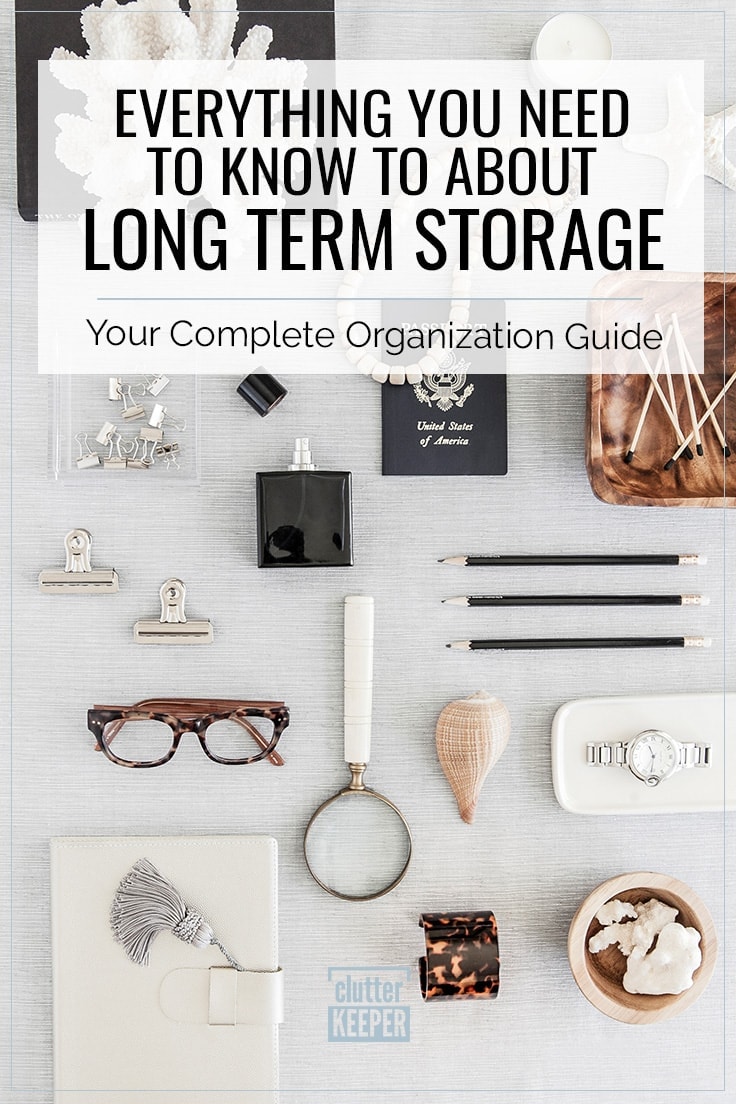

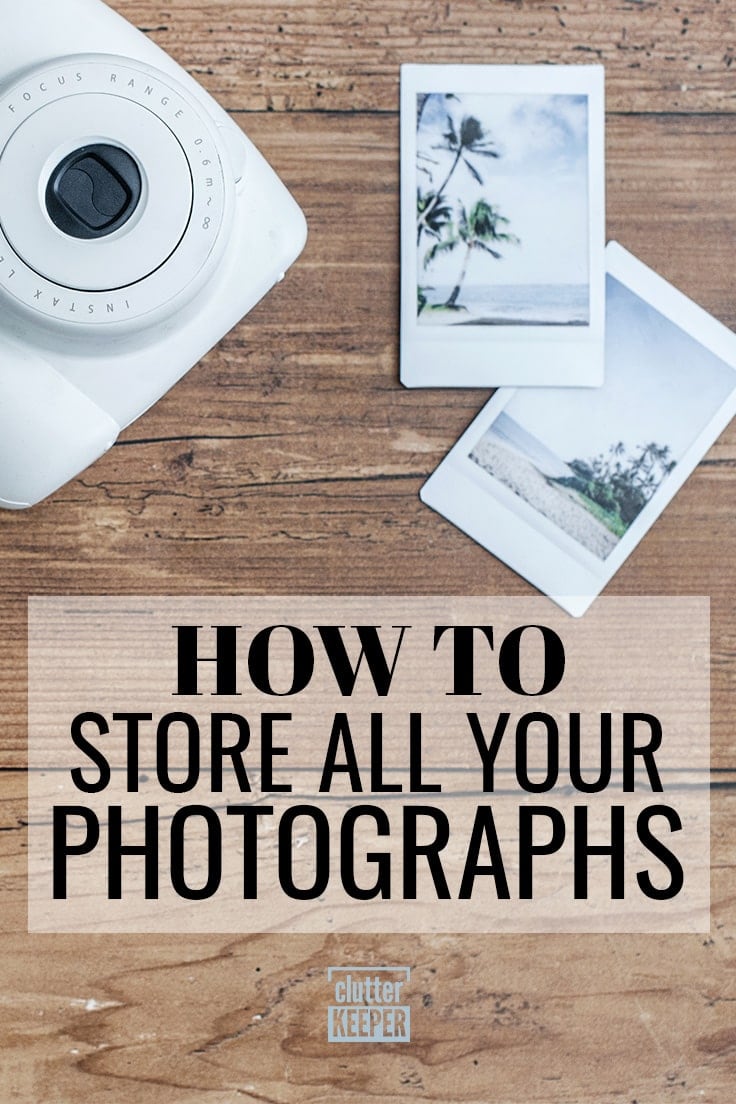
I appreciate your advice to use waterproof containers. I’ve been looking for some advice before I start storing things in our new storage unit. I didn’t think about something like this, but I’ll start getting some containers to put our things in.